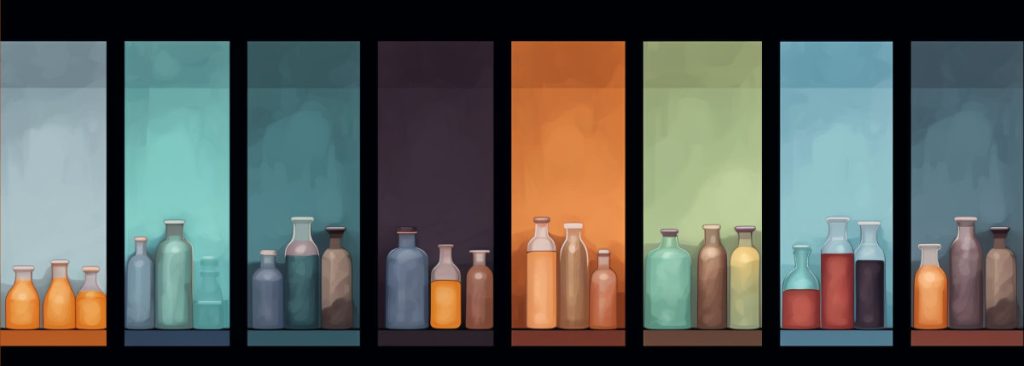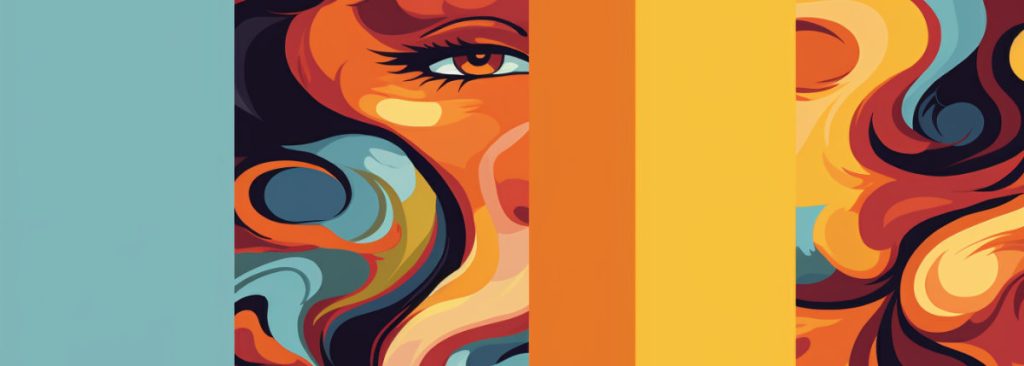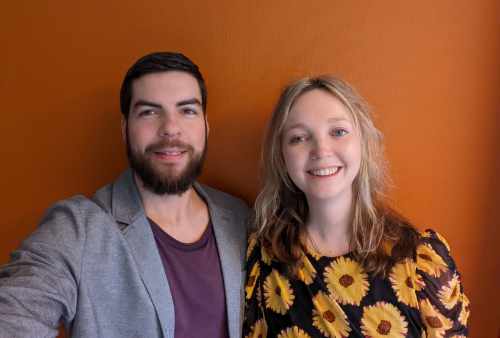The early 20th century was a time of great discovery and advancement in chemistry. Scientists were unlocking the secrets of compounds found in nature and beginning to synthesize new substances in the lab. In Switzerland, one pharmaceutical company, Sandoz, had established itself as a pioneer in medical chemistry.
At their laboratory in Basel, chemists were hard at work manipulating compounds derived from ergot fungus to create new drugs. In the 1930s, Sandoz hired a young and gifted chemist named Albert Hofmann to join their team. Little did they know, this new recruit would soon make one of the most profound and serendipitous discoveries in the history of psychedelic science.
First Synthesis of LSD
Albert Hofmann began working for Sandoz in 1929 when he was just 23 years old. He joined a group of chemists tasked with synthesizing and testing derivatives of ergot fungus. At the time, Sandoz searched for new pharmaceuticals to develop from these starting compounds.
In November 1938, five years into his career at Sandoz, Hofmann first synthesized a chemical that would later be known as lysergic acid diethylamide, or LSD. This was the 25th new ergot derivative he had synthesized, so it was labelled LSD-25.
The process involved combining lysergic acid extracted from ergot with diethylamide to create the new molecule LSD-25. When Hofmann first created it, he assumed it was another uninteresting chemical. Its structure was similar to noradrenaline and stimulant substances already known then.
LSD-25 was essentially shelved after being synthesized and recorded in Hofmann’s lab journal. No special pharmacological testing was done on the compound since it was assumed to be psychologically inactive and not worth investigating further.
This lack of initial insight shows the degree to which Hofmann’s later discovery was a complete accident. Had Hofmann known then what he would learn five years later, LSD likely would have been intensely studied from the very start.
But in 1938, it was catalogued away as one of many mildly stimulating ergot derivatives that Sandoz had created. The world would remain unaware of its psychedelic properties until 1943 when Hofmann would resynthesize and fatefully ingest LSD-25.
The true potential of Hofmann’s chemical would not be unlocked until this recreational resynthesis and brave self-experimentation birthed the psychedelic age.

Fateful Bicycle Ride and First Trip
After synthesizing LSD-25 in 1938, five years passed without any particular notice or research into the new substance. But in 1943, intrigued by a hunch, Hofmann resynthesized the compound again.
While working with the LSD-25, he accidentally absorbed a small amount through his fingertips. When he got home from the labs, Hofmann experienced strange sensations and visual distortions. Realizing this may be an effect of the chemical, he decided to take a larger dose to confirm.
On April 19th, 1943, Hofmann purposely ingested 250 micrograms of LSD that he had resynthesized. He soon embarked on what would become the world’s first intentional acid trip.
Hofmann started feeling disoriented and anxious on his bike ride home from the lab as the LSD kicked in. This was the first planned, full psychedelic experience induced by the substance.
He described brilliant kaleidoscopic colours and surreal bodily distortions. At times fearful, at others fascinated, Hofmann himself had unlocked the mystical psychedelic capabilities of LSD-25.
After intentionally sampling his creation, Hofmann knew he had discovered something incredibly potent and mind-altering. A substance with the power to profoundly shift consciousness unlike anything else known at the time.

Early Research into LSD
Hofmann immediately notified his colleagues at Sandoz about his mystical experience induced by the LSD-25. While wary at first, they soon realized the significance of this discovery.
Sandoz began testing LSD on animals, observing its ability to alter behaviour in various species dramatically. Next came trials on human subjects, including mental patients and professionals.
These early tests showed LSD could induce powerful changes in imagination, emotions, and sensory perception. Even tiny doses produced effects unlike any other pharmacologic agents.
Based on these tests, Sandoz decided to market LSD as a psychiatric drug named “Delysid.” It was sold to researchers and psychotherapists as an adjunct to therapy throughout the 1940s and into the 1950s.
Word also spread among psychiatrists and psychotherapists about LSD’s unique psychotropic qualities for potentially enhancing treatment. Early papers praised its ability to temporarily “model” mental illnesses and induce breakthroughs.
While Sandoz hoped to keep LSD as a strictly controlled research drug, its mystique slowly leaked into the wider world, setting the stage for the psychedelic revolution.

LSD Spreads into the World
In the early 1950s, word of LSD’s consciousness-expanding abilities gradually spread beyond psychiatric circles into the government and counterculture realms.
Groups like the CIA became interested in LSD, testing it for mind control experiments and military interrogations. At the same time, authors and professors like Timothy Leary, Ken Kesey and Aldous Huxley got access to the drug.
These counterculture figures began touting LSD’s ability to “turn on” one’s mind, challenge conventional thought, and unlock creativity. LSD leaked out from tightly controlled research environments and into recreational use.
By the 1960s, LSD became a signature drug of the anti-war movement and psychedelic revolution. With growing recreational use came negative publicity and backlash. In 1970, LSD was federally banned and classified as an illicit substance.
While the psychedelic genie was out of the bottle, further research and access became strictly limited for decades. But a small few like Hofmann continued to advocate for LSD’s safe, responsible use.

Hofmann’s Later Years and the Revival of Psychedelic Science
Even into his 70s, 80s and 90s, Albert Hofmann argued that LSD could provide meaningful experiences if handled prudently. He called for a more sane, measured approach to psychedelic drug research.
Just before his 100th birthday in 2006, Hofmann saw the beginnings of a revival in psychedelic science and therapy. Research institutions were once again exploring medical uses for LSD and similar compounds.
By the time of his death at 102 years old in 2008, several promising studies on LSD had been published. Early trials showed LSD’s potential to help with anxiety, addiction, and cluster headaches under supervised settings.
This revival continues today as new generations of psychedelic researchers follow in Hofmann’s footsteps. Controlled studies with LSD are helping unravel the mysteries of consciousness and the healing potential of altered states.
Over 75 years since its initial discovery, LSD research has come full circle thanks to pioneers like Hofmann, who recognized this powerful substance’s immense capabilities when handled wisely.


